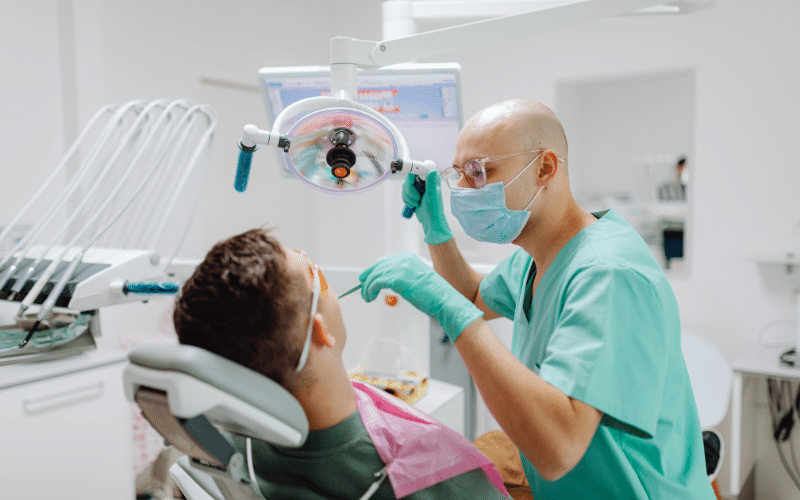Fact 4: Historical Significance

The history pages are adorned with faces showcasing prognathism, with some ancient cultures regarding it as a mark of nobility or divine grace. The European Habsburgs, for instance, flaunted their pronounced jaws, not as a genetic anomaly but as a distinguishing feature of their blue blood. The “Habsburg Jaw”, as it’s popularly known, became emblematic of their lineage, with generations showcasing this trait.
Delving deeper, some researchers and historians argue that prognathism was more than just a familial trait for the Habsburgs; it became a political tool. Their distinctive facial feature was often emphasized in portraits, reinforcing their unique identity and establishing a visual differentiation from the common populace.
Furthermore, art from various epochs and regions, from African sculptures to Egyptian pharaoh representations, has showcased figures with pronounced jaws. These depictions highlight how prognathism, rather than being shunned, was often celebrated or revered.
However, as dynasties fell and the sands of time shifted societal norms, the perception of prognathism evolved. From a mark of nobility, it became an artistic exaggeration, a caricaturist’s delight, and eventually, a medical condition to be corrected. To understand prognathism is to journey through time, recognizing its shifting significance and its impact on art, politics, and societal norms. (4)